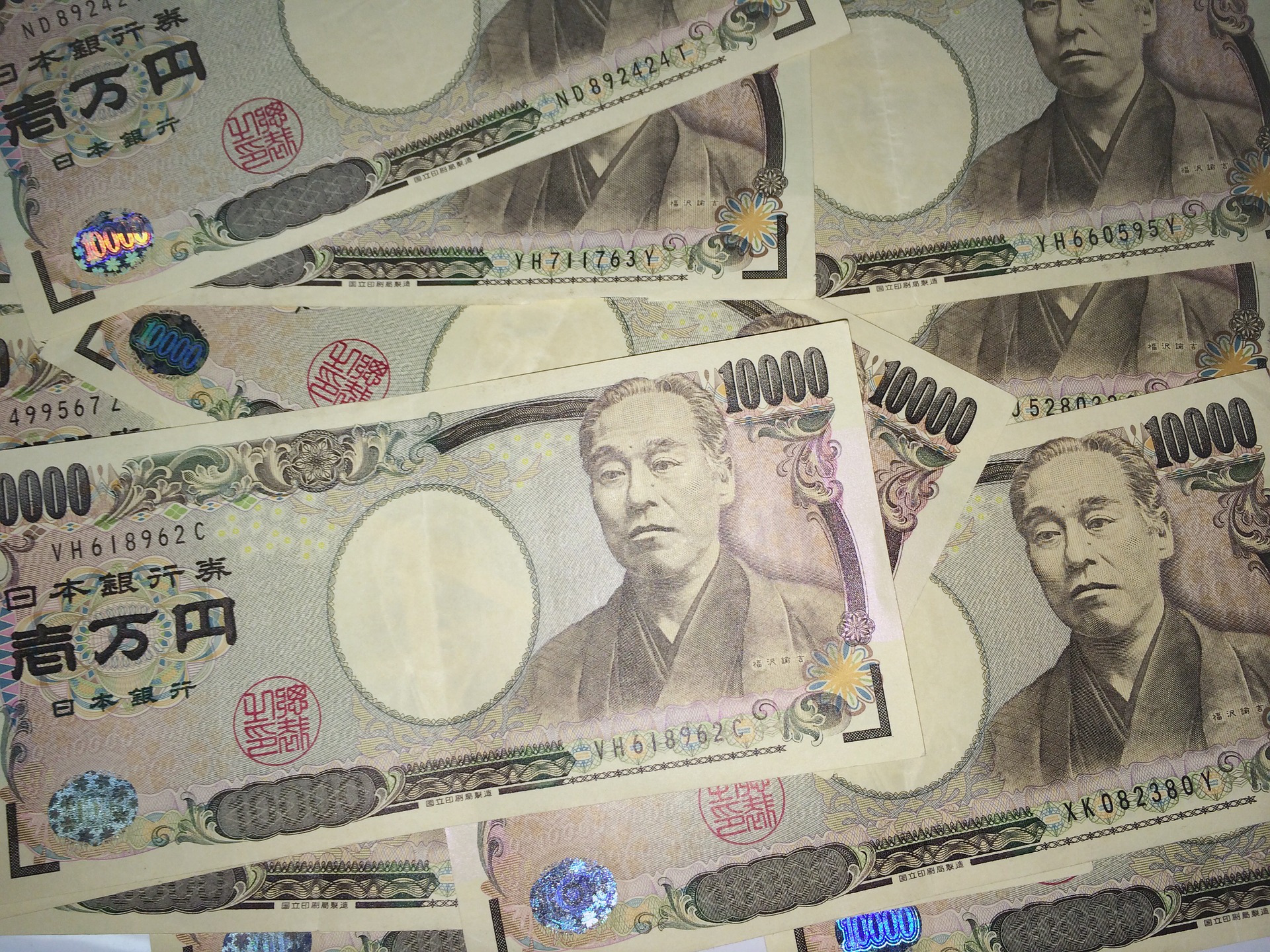NN IP: The Bank of Japan’s yield curve control strategy is coming under pressure
NN IP: The Bank of Japan’s yield curve control strategy is coming under pressure

Through its yield curve control (YCC) policy, the Bank of Japan seeks to control the shape of the Japanese yield curve by pinning short-term rates and the 10-year Japanese government bond yield. With upwards pressure on the 10-year yield rising, that policy is now coming under pressure. In his latest macro column, Willem Verhagen, Senior Economist, Multi Asset at NN Investment Partners shares his insights on the matter at hand:
“The upshot is that the net effect of a deprecation in the yen on growth is not clear. However, we can say that the net effect is more likely to be negative if it depreciates quickly. That’s because consumers and businesses would not have time to adjust to the depreciation and would face considerable uncertainty about where the exchange rate will settle. This makes it more likely that negative confidence effects will dominate. Given the fact that other developed economies may continue to face upside inflation risks for some time, safe government bond yields outside Japan may continue to rise. As long as Japanese YCC remains in place, this could cause the yen to depreciate further.
Keeping YCC in place in the face of rising global yields could hurt the economy through rapid deprecation of the yen. However, adjusting YCC involves risks as well. It remains to be seen how it will resolve this dilemma, especially bearing in mind that Governor Haruhiko Kuroda has invested a lot of political capital in the YCC strategy. At its April meeting the Bank of Japan signalled its continued firm commitment to defending YCC, but this should not necessarily reassure investors. If the experience of fixed exchange rate regimes is anything to go by, the bank is likely to verbally defend YCC until the very last minute before it adjusts it.”




